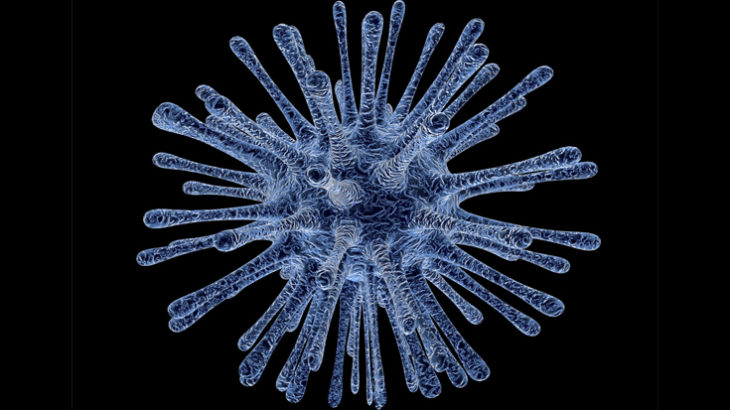Spotlight On: Cross Faculty NMR Centre

Each month we post a new edition to the SES ‘Spotlight On…’ series, showcasing equipment at our institutions, providing information and case studies for interested researchers/industries, and promoting better use of already available equipment.
The Cross Faculty NMR Centre (CFNMR Centre) was opened in 2006 to provide ultra-high field NMR instruments to researchers across the faculties of natural sciences and medicine. Now it hosts one Bruker 800 MHz NMR spectrometer, equipped with 1H/13C/15N/2H cryoprobe and a cooling sampleJet, one Bruker 600 MHz NMR spectrometer with cryoprobe, and another Bruker 600 MHz NMR dedicated for biosolids studies.
NMR is used to characterise the structure of molecules. Here these high-end NMR machines are mainly used to study the structures, dynamics and functions of biological macromolecules such as proteins; they are also used for analysis of chemical and medical samples.
Charges are applicable at different rates for academic and commercial users. The facility is fully serviced, and training can be arranged for regular users.
Name of Equipment
Cross Faculty NMR Centre
Do you have to visit onsite?
An onsite visit is preferred, especially for projects requiring long time usage (i.e. several days or longer), lots of sample handling or significant input of time for data analysis from us in addition to recording experiments.
Do you give preference to a particular type of researcher? E.g. Based on institution, field of research.
We prefer to give access to researchers from the local area when there is not enough internal NMR resources, as well as those who can benefit the most through collaboration with us.
Current Research:
The facility provides support to multi-disciplinary projects which are looking to unravel the mechanisms behind pathological diseases caused by bacterial, virus, fungi, and protozoa. Other studies include fragment-based drug discovery, metabolomics, chemistry of lignin and ionic liquid. Click here for previously published work.
In 2014 Prof Laurence Pearl from University of Sussex contacted Prof Matthews regarding a protein named Parp3 that they were studying, which is involved in DNA repairing. Dr Luis Mariano Polo was sent over to carry out the NMR work at CFNMR centre, with the help of Dr Xu. Over the following months NMR helped to reveal much of the critical information regarding the interaction details between Parp3 and different types of DNA. The research was published in Nature Communication and other periodicals.
“Using the NMR facility let us understand the DNA-binding mechanism of a protein involved in cancer treatment. Currently we are trying to reveal the activation mechanism of this protein possibly shedding light on the mechanism of tumor resistance to therapy“
Dr Luis Mariano Polo, University of Sussex
Who has access?
Researchers from Imperial College and external users (who are welcome to contact us for access)
Are there any costs or associated fees?
Yes. The exact cost depends on the machine time needed and who is paying for the cost (academic or industry); it’s ~£400 per day for the 600 MHz or £600 per day for the 800 MHz machine (academic rates).
Can it be bought as a service with access to a team of experts?
Yes, please contact the facility with your request.
Where is it located?
RCS1
Imperial College London
South Kensington Campus
Links:
Potential relevant disciplines:
Structural biology, Chemistry, Medicine
Contacts:
Professor Steve Matthews
Dr Yingqi Xu

